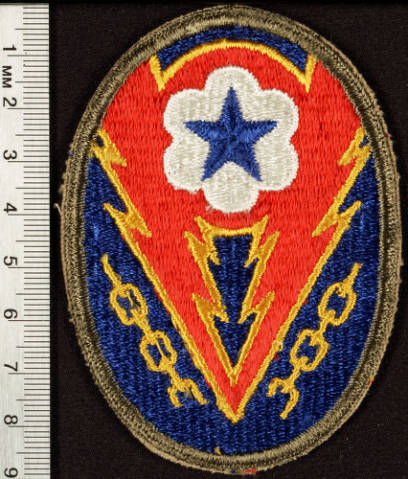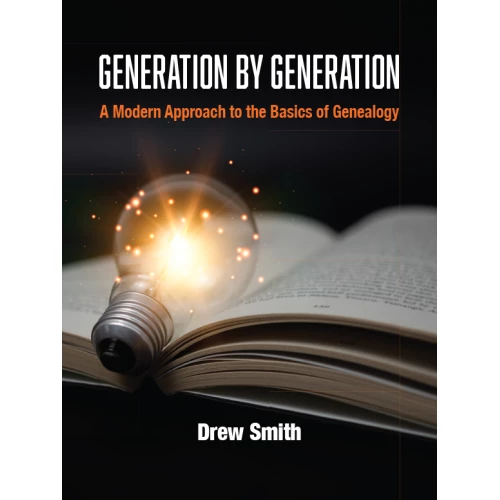Some of my immigrant grandparents had lovely, flowing handwriting when signing their names...others wrote more haltingly.
Maternal grandparents
At top, the 1911 signature of my Hungarian-born maternal grandfather, Theodore Schwartz (1887-1965), on his US naturalization cert. He arrived at Ellis Island, alone, at the age of 14. In New York, Teddy initially worked as a runner for steamship lines. I'm sure he put his name to many documents then and later as owner of a small dairy store in the Bronx, NY. His formal education stopped early, but he had an ear and affinity for languages. He also regularly wrote to his son and daughter serving in the military during World War II.
Above, the 1911 signature of my Hungarian-born maternal grandmother, Hermina Farkas (1886-1964). She was 24 years old when she signed this marriage license to wed Theodore Schwartz. Another flowing, cursive signature. She signed lots of paperwork during her life, helping her husband Teddy run their dairy store. She was, for a year or two, secretary of the Farkas Family Tree (formed by herself and her siblings) and signed the monthly meeting minutes.
Paternal grandparents
Here's the signature of my paternal grandpa, Isaac Burk (1882-1943), on his World War II draft registration card. Born in Lithuania, Isaac came to North America at the age of 21. He was a self-employed carpenter and cabinetmaker. Isaac's signature looked halting, but was recognizable. On his 1906 marriage certificate (see below), he was transitioning to a more "Americanized" version of his name. The signature reads "Isaak Berk" but the official name on the document was "Isaac Burk" on this and all subsequent documents.
My paternal grandma, Henrietta Mahler (1881-1954) was born in Latvia and arrived in New York before she was 10 years old. She and Isaac Burk married in 1906, and it's clear that her signature was less halting than his, as shown on this marriage license. Henrietta (nicknamed Yetta in the family) wrote letters and sent packages to Isaac's cousins in Manchester, England, during and after World War II. How do I know? The cousins wrote back--and one of my relatives saved those notes, time capsules of the era and of family history.


























